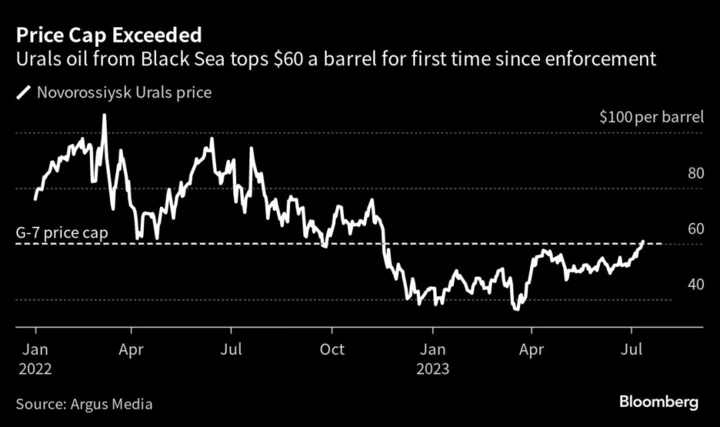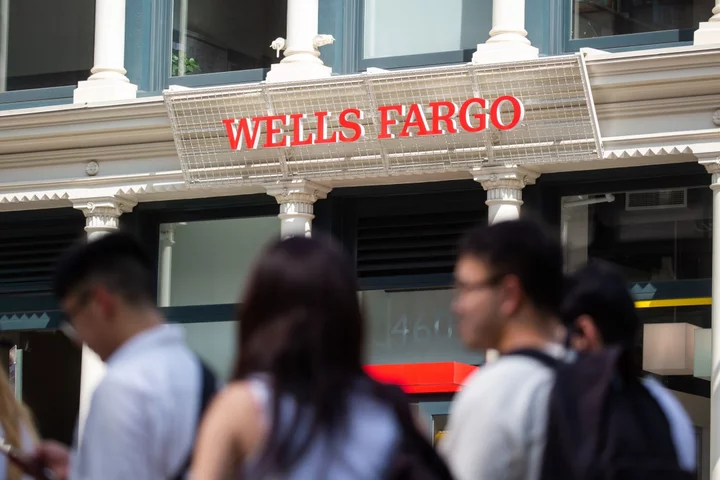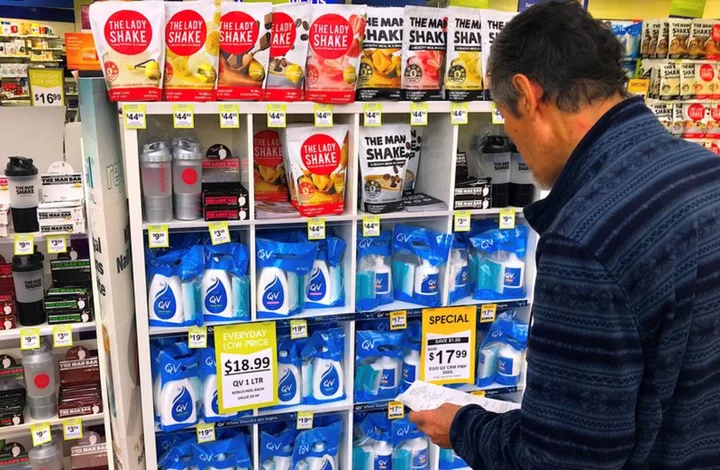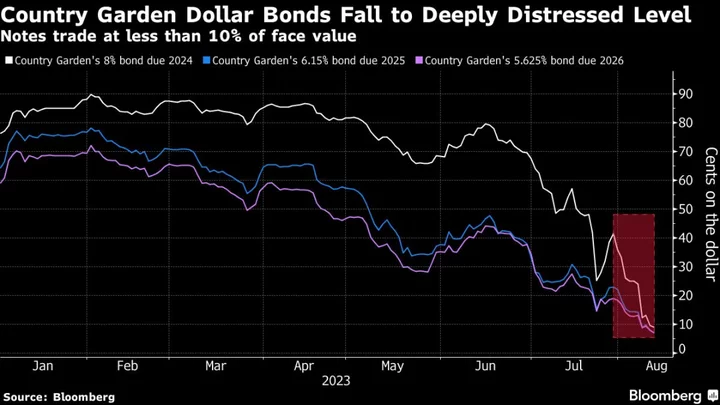Russia’s flagship Urals crude oil surpassed for the first time the price cap set by Group of Seven nations in an effort to cut the Kremlin’s funding for its war in Ukraine.
Urals crude topped $60 a barrel Wednesday, climbing above the price cap for the first time since it came into effect in December, according to price reporting agency Argus Media. Exceeding that threshold could allow Moscow to claim a win of sorts by showing that Russia can distribute its barrels to buyers around the world without help from western firms. The cap allows Russian oil to be transported with western ships and insurance only if it’s priced below the threshold.
“The significant expansion of the shadow fleet of tankers and alternatives to western insurers and payment routes provide alternatives that will likely allow Russian crude cargoes to continue moving,” said Richard Bronze, head of geopolitics at consultant Energy Aspects Ltd.
It’s not clear where Russian cargoes are getting insurance from or if western insurance is being denied. Shipping experts have long warned that one unintended consequence of the sanctions is the growing risk of an environmental disaster that’s not properly insured.
Urals prices rose to $60.78 a barrel at the Black Sea port of Novorossiysk on Wednesday, Argus Media data show. The pricing agency’s assessments are important in determining future caps. Prices are rising as supplies of similar crude qualities tighten amid OPEC+ cuts and increased oil refining.
US officials have long argued that the price cap is there to give buyers leverage while ensuring that, if Russia can’t transport its own barrels, there’s less likelihood of an oil supply shock. But a breaching of $60 for Urals would nonetheless suggest Russia’s ability to get its barrels delivered independently is growing.
(Updates with details throughout story.)









